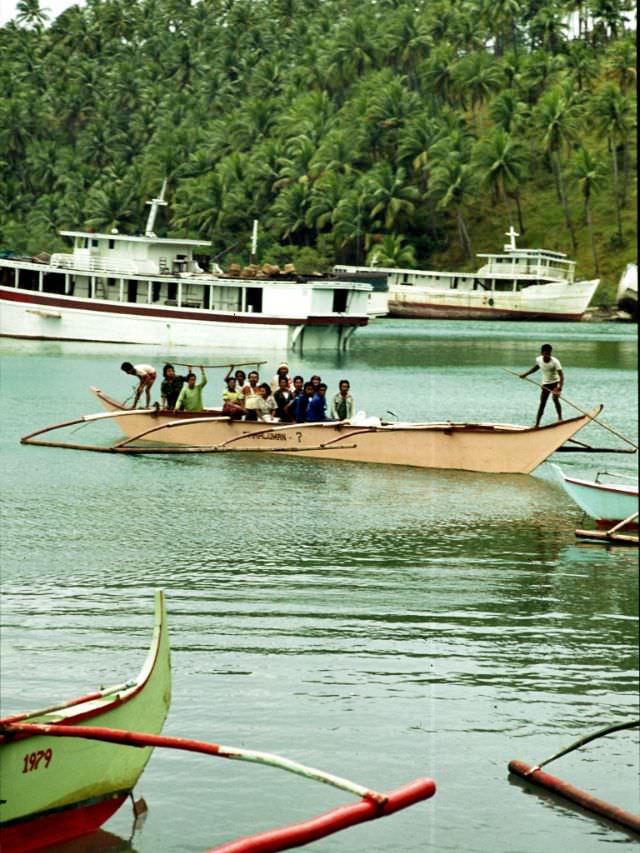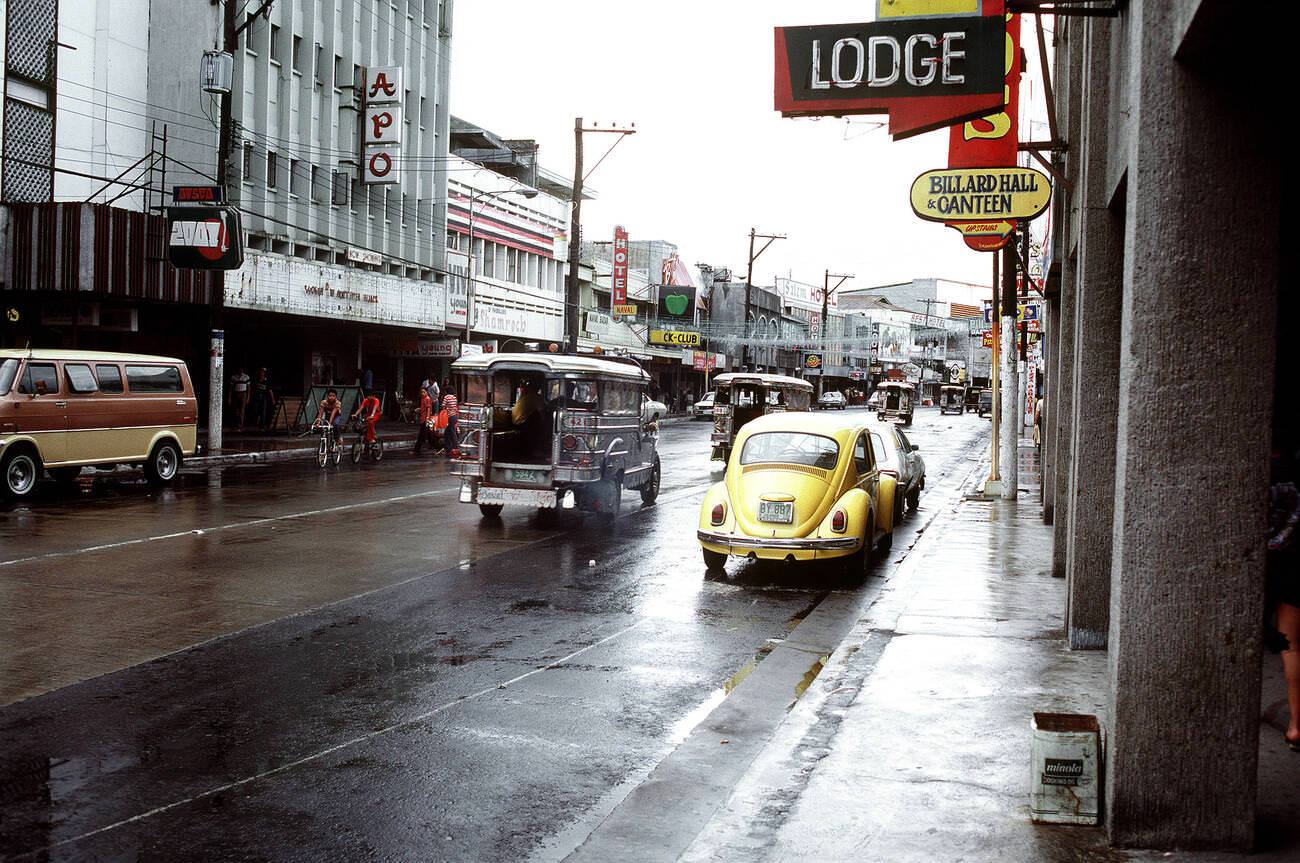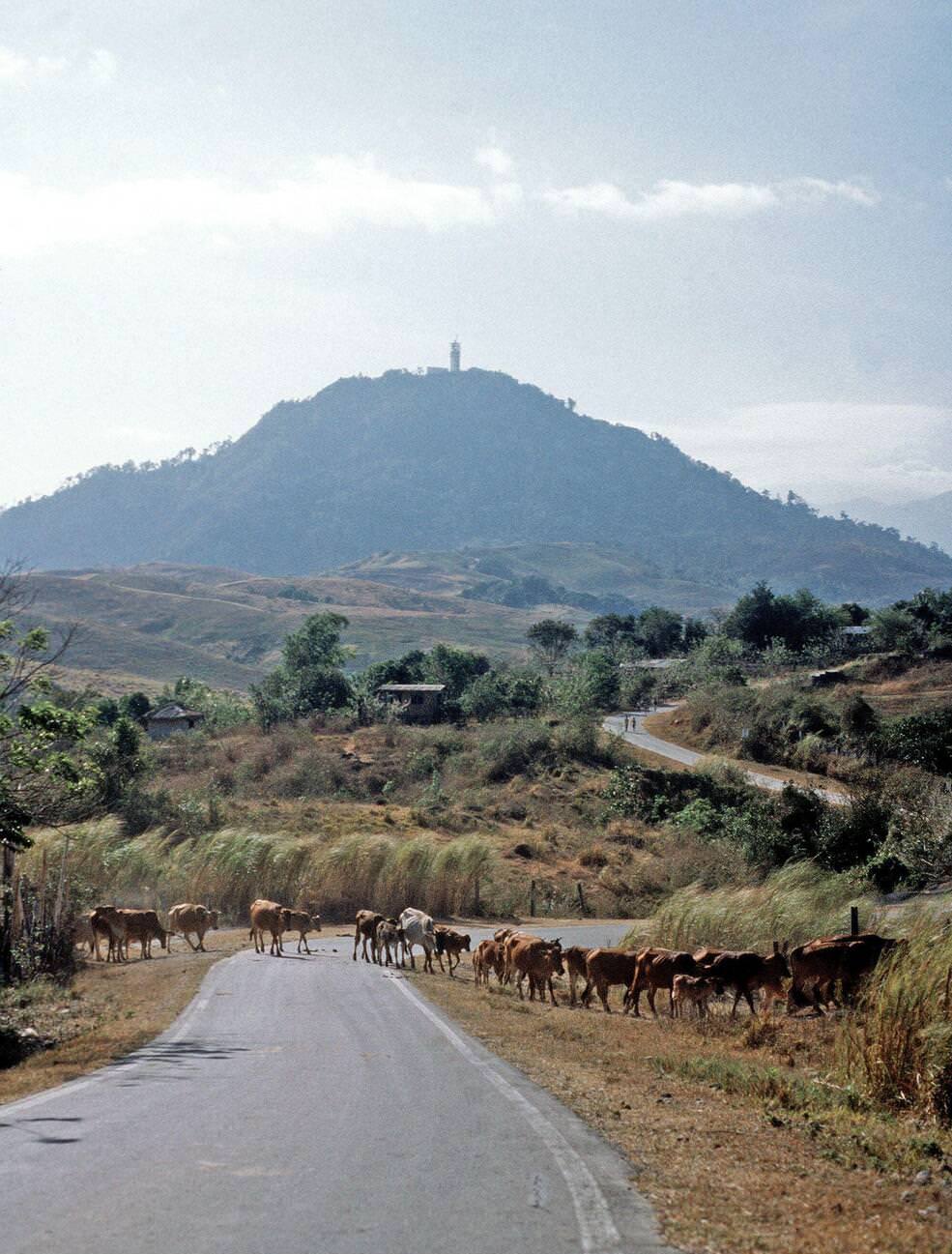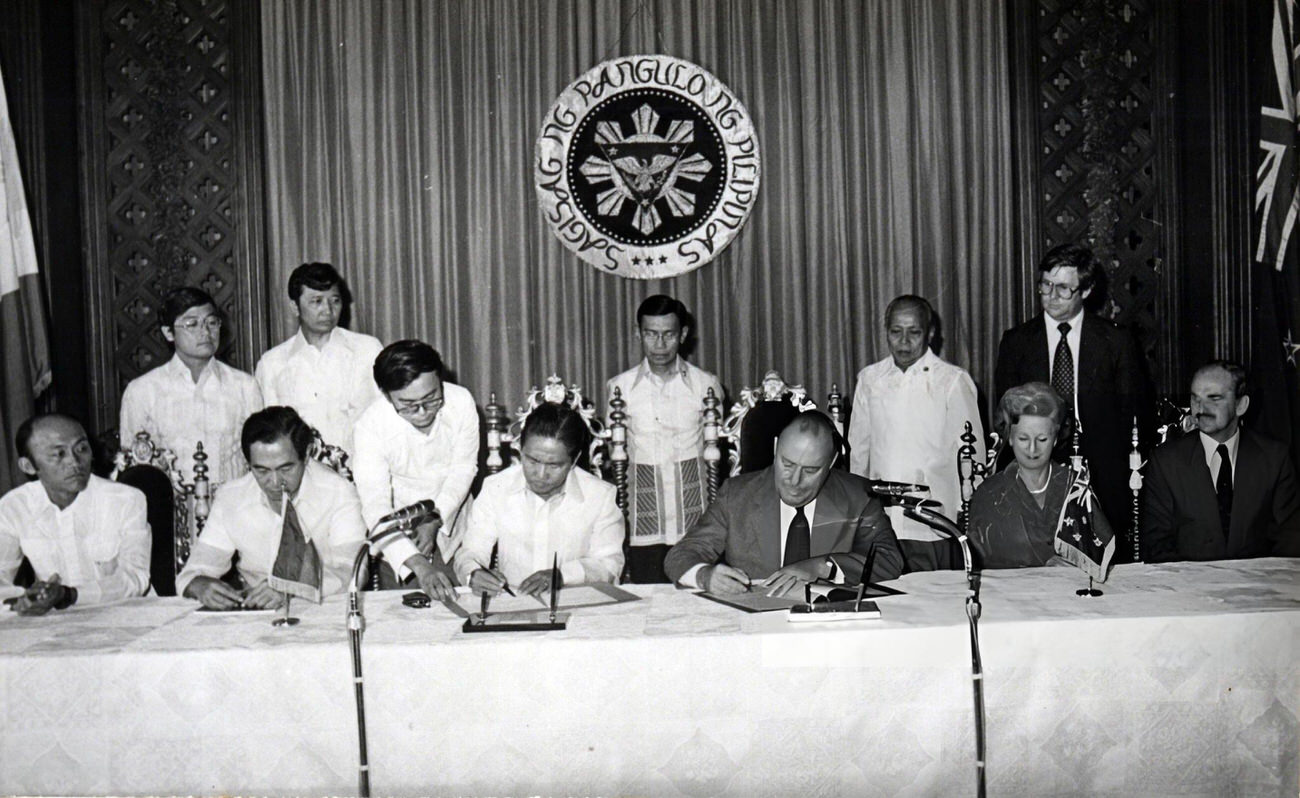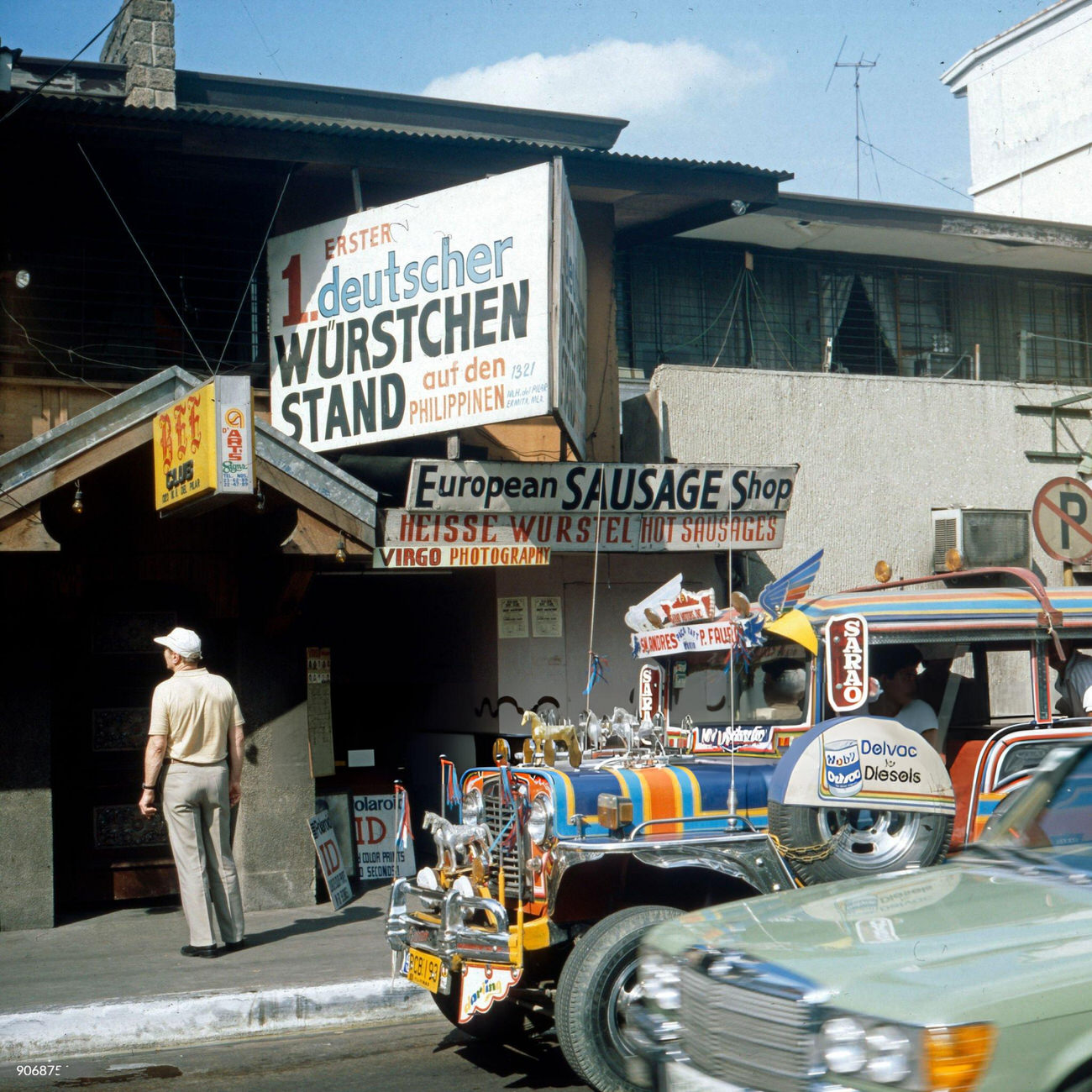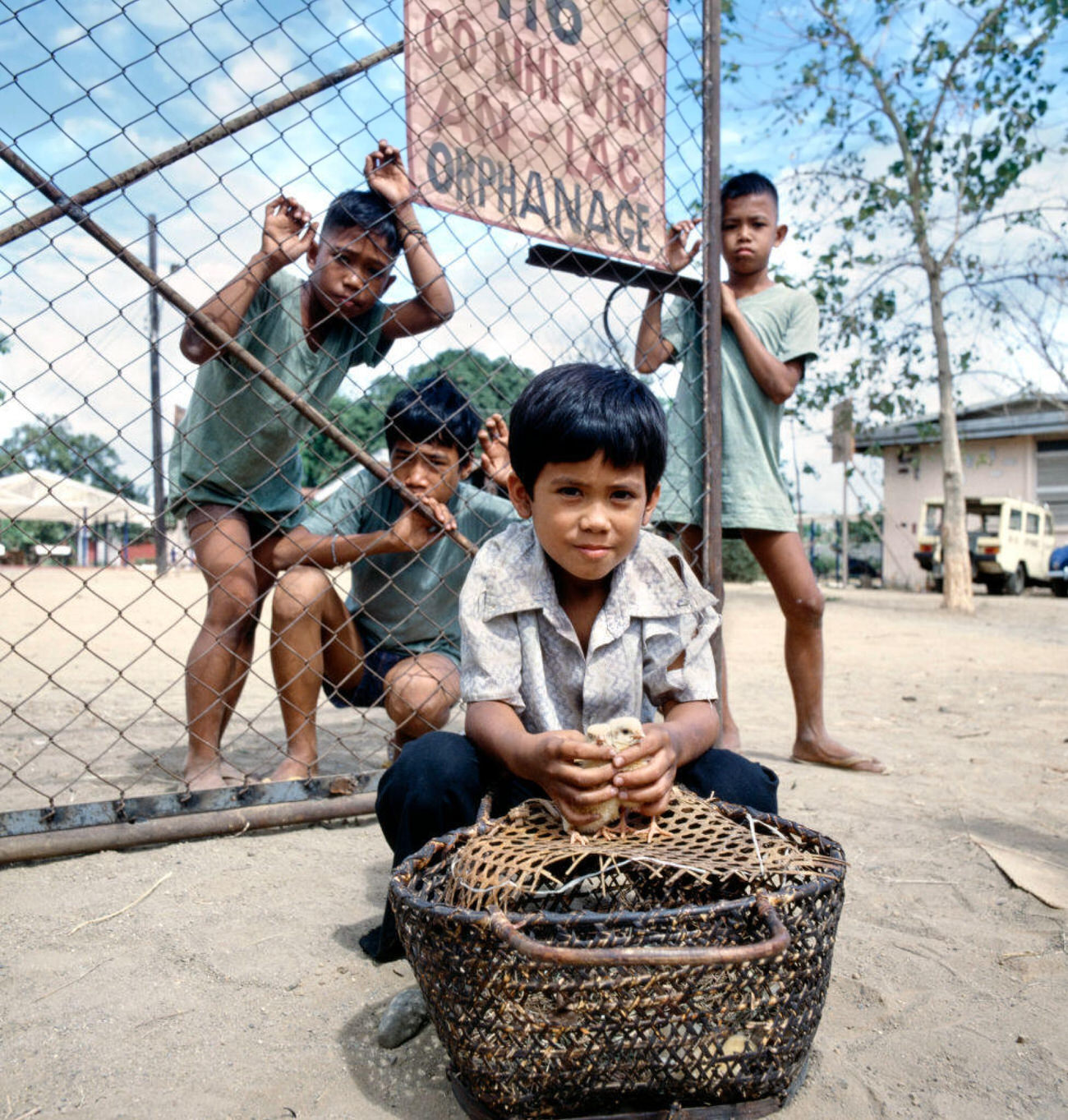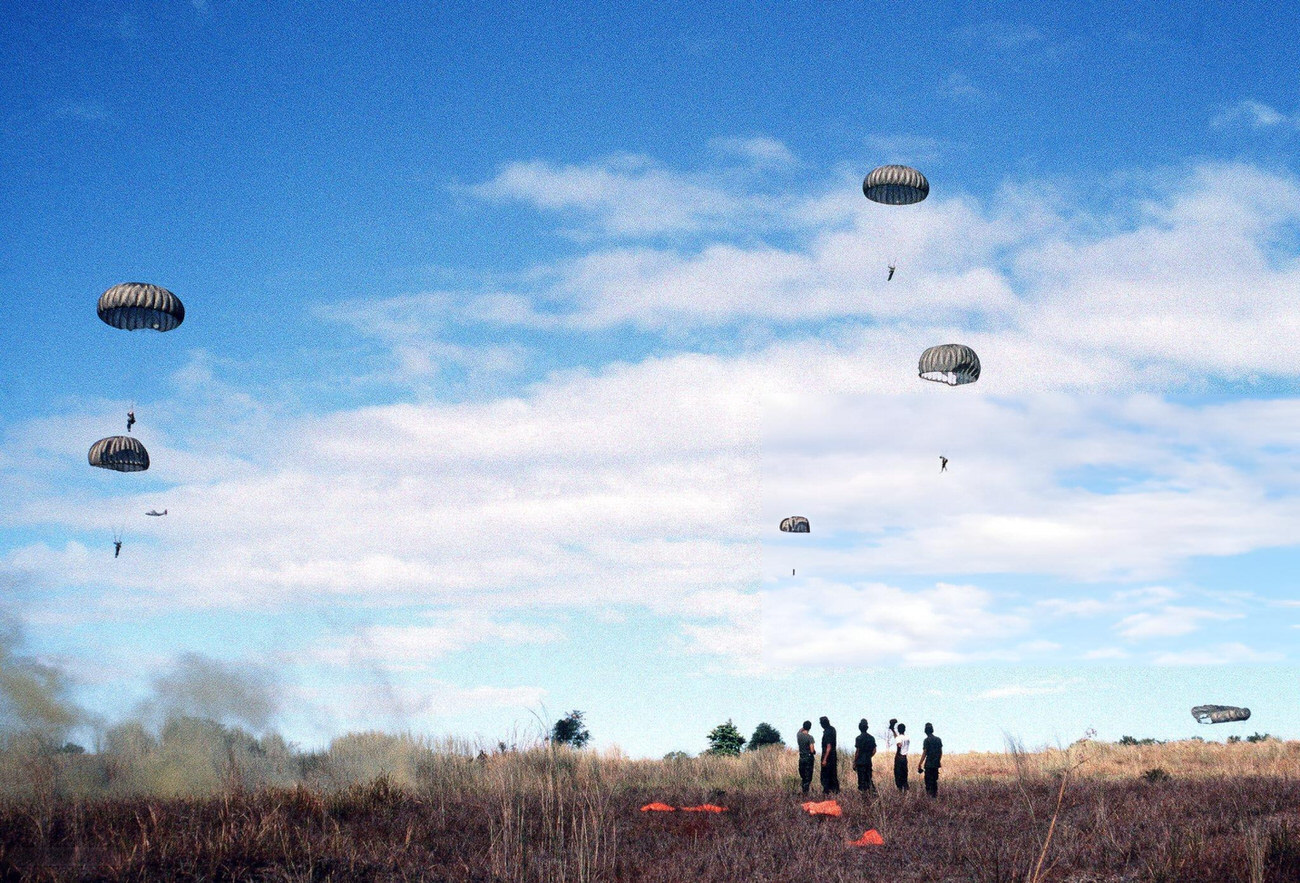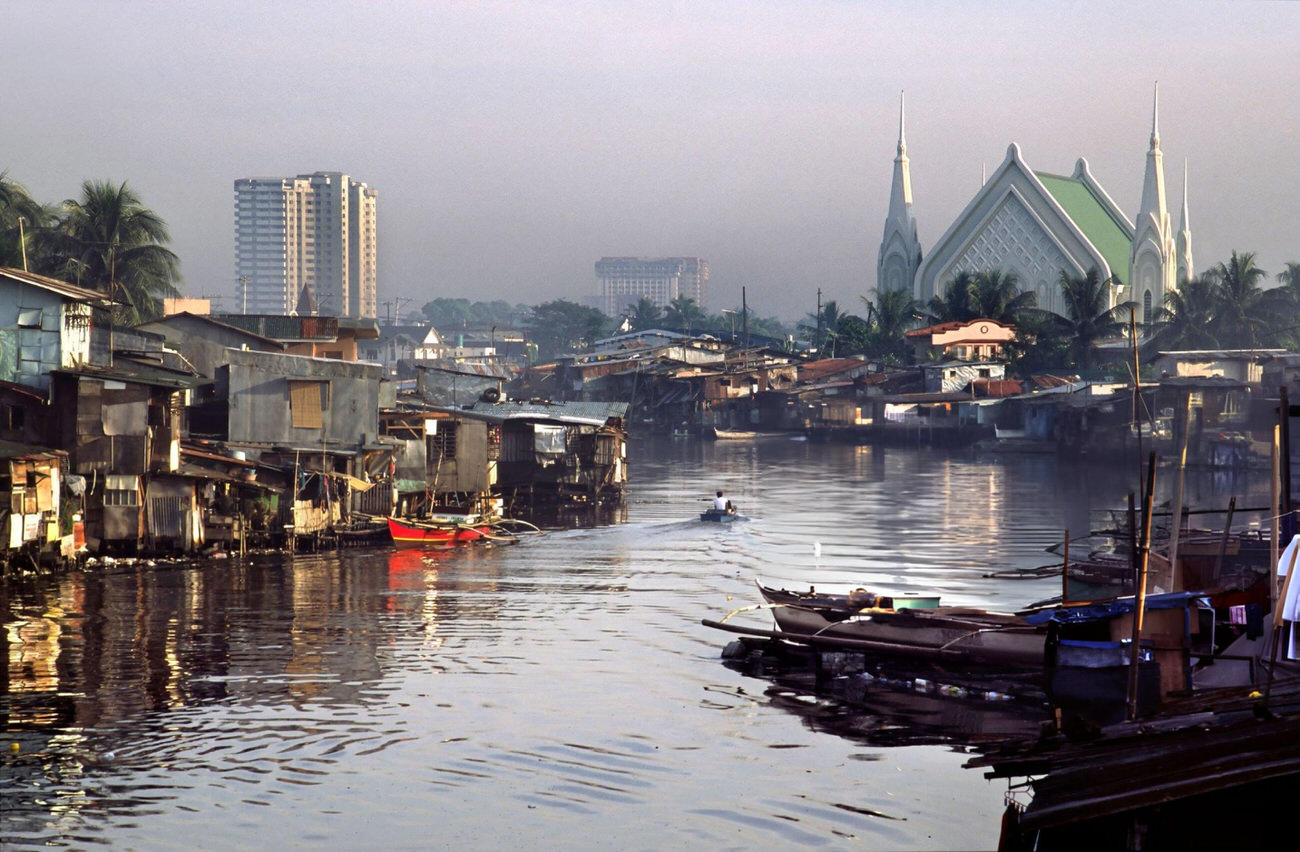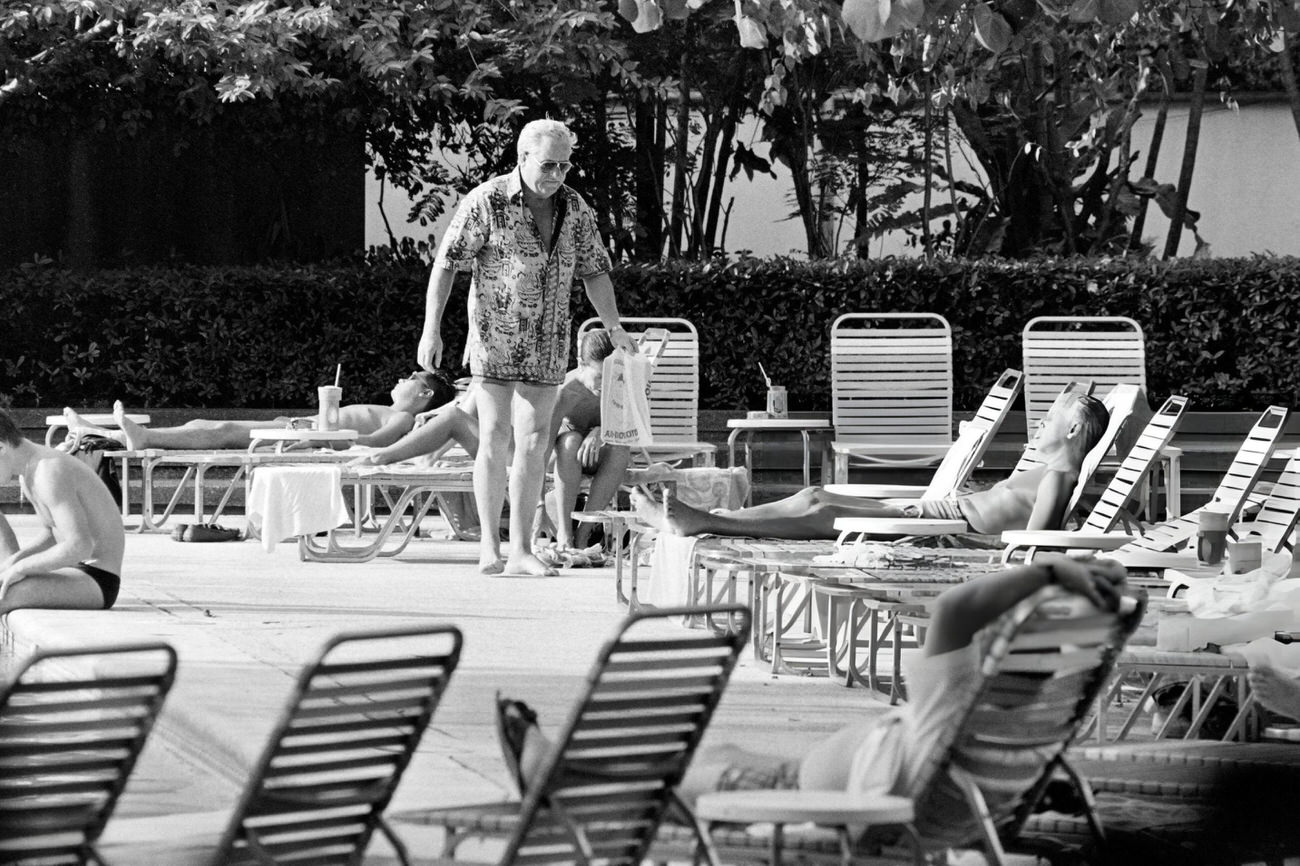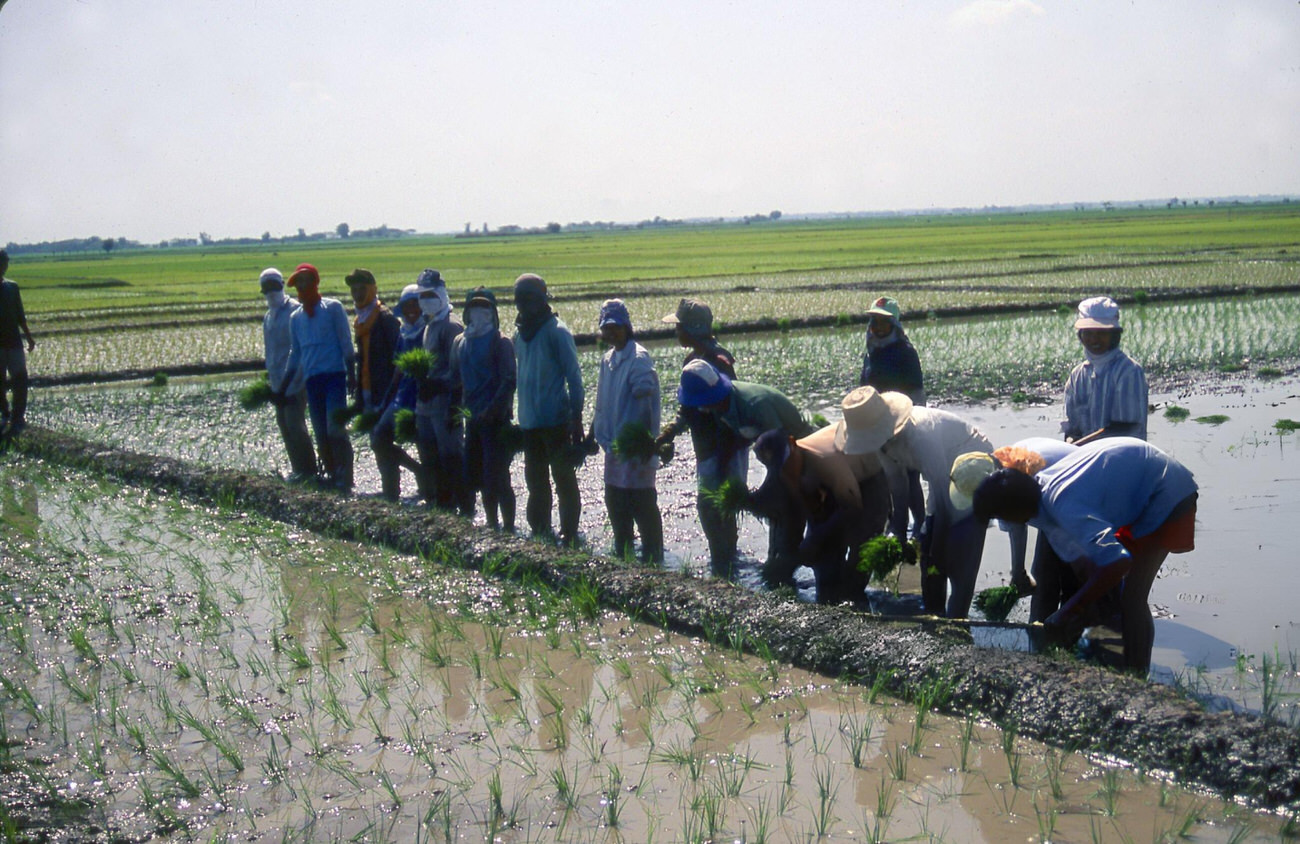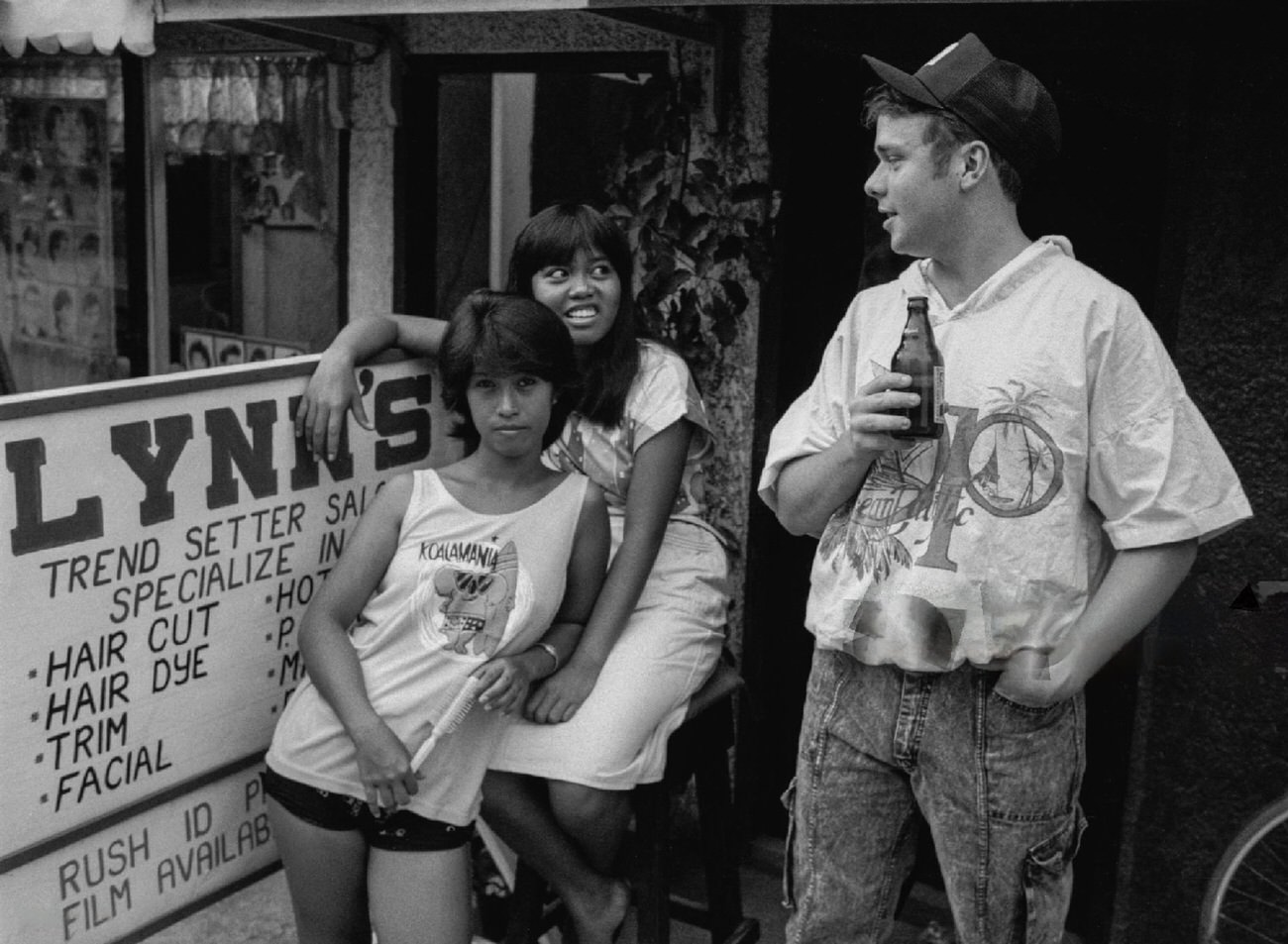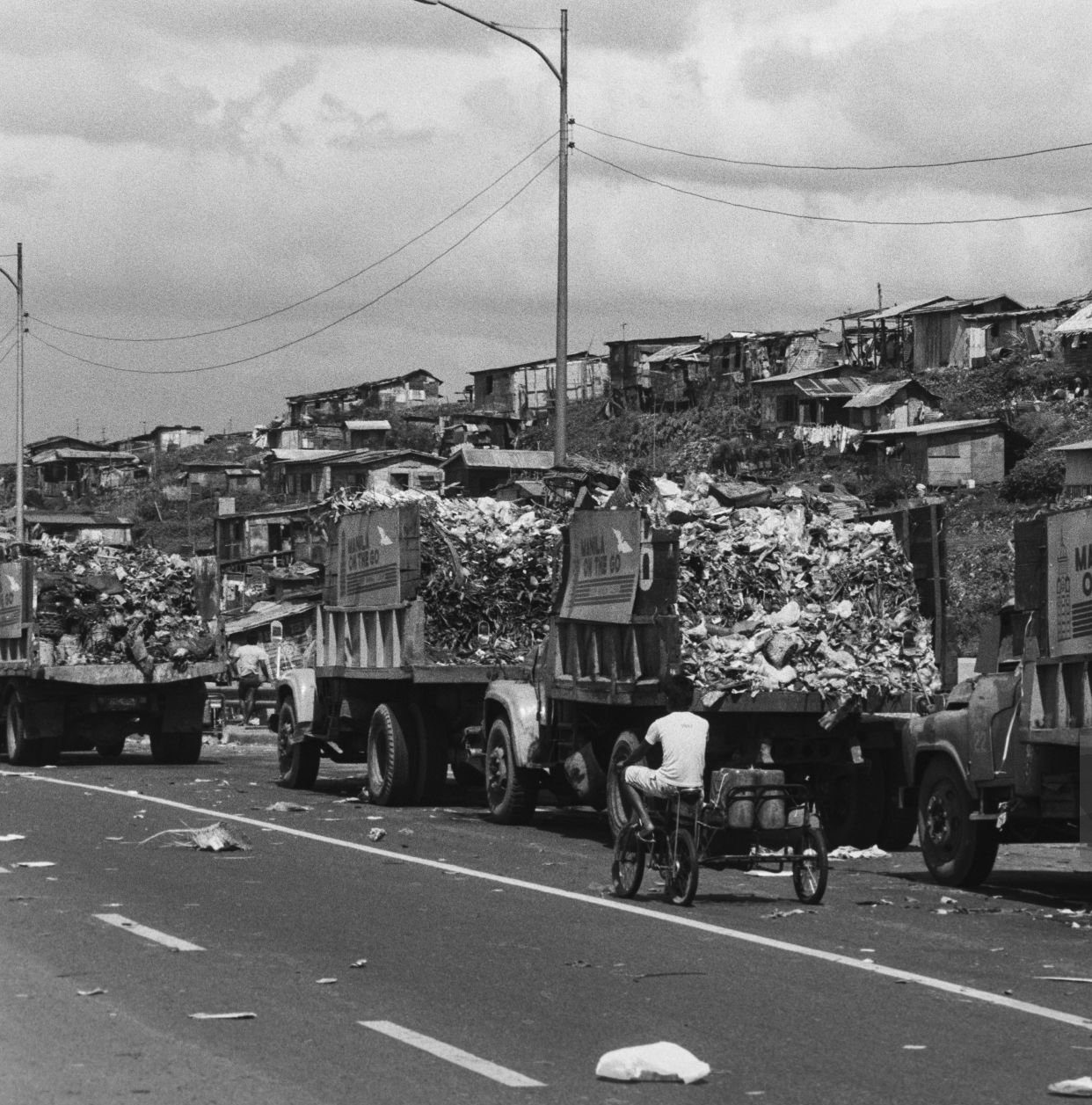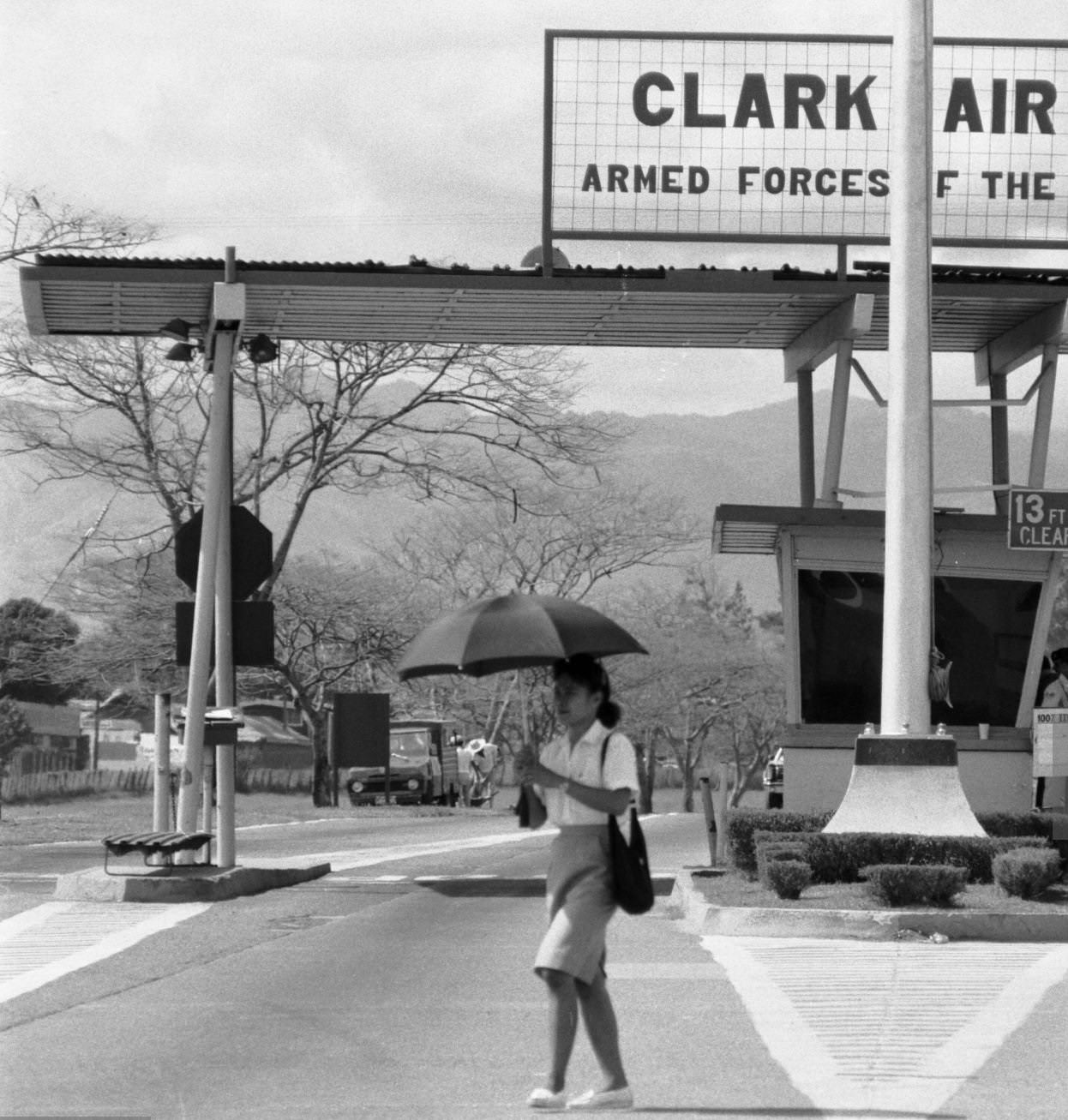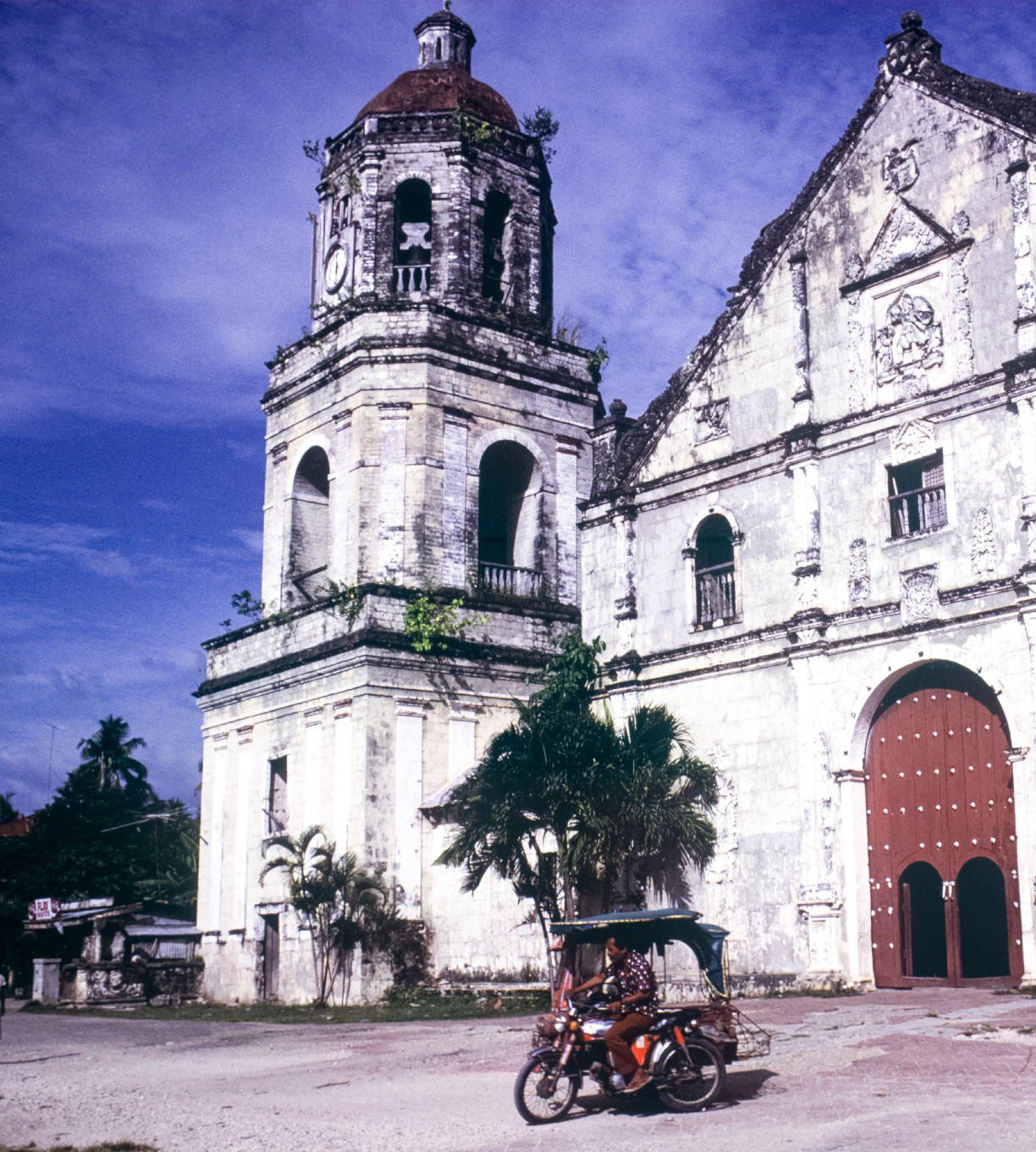The 1980s in Philippines was marked by significant political, economic, and social upheavals. From the oppressive regime of Ferdinand Marcos to the People Power Revolution that led to his ouster, the period was characterized by both the resilience of the Filipino people and the challenges they faced.
The Marcos Regime and Martial Law
The decade began under the shadow of martial law, declared by President Ferdinand Marcos in 1972. Ostensibly implemented to suppress communist insurgency and Islamic separatism, martial law allowed Marcos to consolidate power, suppress dissent, and curtail freedoms. The early 1980s saw the regime becoming increasingly unpopular due to rampant corruption, economic mismanagement, and human rights abuses.
Economic Turmoil
Economically, the Philippines faced significant challenges during the 1980s. The country was heavily indebted, and the economy was largely dependent on foreign loans and aid. Mismanagement and corruption exacerbated the situation, leading to a severe economic crisis by the mid-1980s. The economic downturn was marked by high inflation rates, unemployment, and poverty, further straining the lives of ordinary Filipinos, and fueling discontent against the Marcos regime.
The Assassination of Benigno “Ninoy” Aquino Jr.
A critical turning point came on August 21, 1983, when opposition leader Benigno “Ninoy” Aquino Jr. was assassinated upon his return from exile in the United States. Aquino, a prominent critic of Marcos and a symbol of hope for many Filipinos, had come back to the Philippines to challenge the regime. His assassination galvanized the opposition and sparked widespread protests against Marcos, laying the groundwork for the events that would lead to the People Power Revolution.
The People Power Revolution
The culmination of the Filipino people’s struggle against tyranny came in February 1986, following a snap presidential election that was marred by widespread fraud and violence. The blatant electoral manipulation led to mass protests, known as the People Power Revolution or EDSA Revolution, named after the Epifanio de los Santos Avenue where millions of Filipinos gathered. The peaceful uprising, which took place from February 22 to 25, 1986, united people from various walks of life in a collective stand against dictatorship. The revolution eventually led to the fall of Marcos, who fled the country, and the restoration of democracy under President Corazon Aquino, the widow of Ninoy Aquino.



























